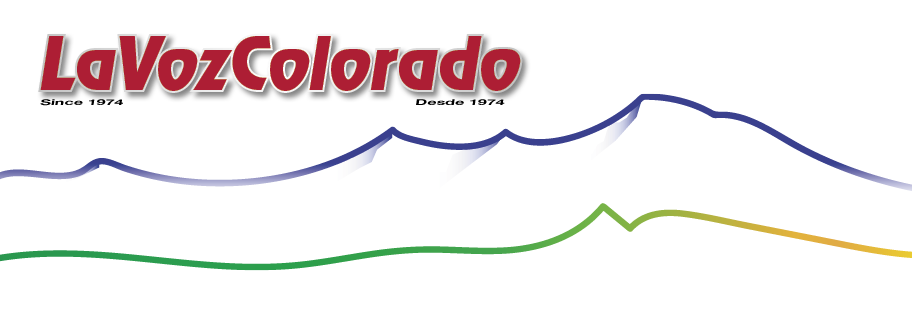
A major economic tool President Trump is using with his trading partners and adversaries is a tariff system that taxes imports of every kind at various levels. The latest big announcement is about the imposition of a 25 percent tariff on all goods coming from Mexico and Canada as well as an additional 10 percent on Chinese items.
The stated reason for doing this is to punish Mexico, Canada and China for the traffic of drugs coming into the country and immigrants crossing the borders. The retaliatory approach appears to be only the beginning of the use of this economic tool for those Trump chooses to challenge on the world stage.
I learned in my middle public-school years that tariffs was a system of taxation designed to protect infant industries of a developing nation. It assumed that the products of these industries could not compete on an open world market where countries with more experience and less production costs were at an advantage.
The resulting inequality in cost of production and commercial sales calls for governments to intervene with tariffs until the growing home industries become more efficient and can compete on an equal footing with other international producers. Another issue that results in tariffs is unfairness in trade practices where, for example, governments use public funds to subsidize industries so that they can sell their goods cheaper in the market.
The latter has been the source of on-going concern since the second part of the 20th Century. There have instances of “dumping” goods cheaply that have resulted in regulatory language in international trade agreements.
Tariffs by in large were the way the United States funded its government in its early history. President Lincoln added to this revenue stream by successfully promoting a personal and corporate income tax in 1862 in order to finance the Civil War.
The tariff system reached its zenith with the Tariff Act of 1890 that was sponsored by Republican Representative William McKinley who later became President in 1897. The Act provided for a tariff tax structure up to 49.5 percent. “It represented protectionism, a policy supported by Republicans and denounced by Democrats. It was a major topic of debate in the 1890 Congressional elections, which gave Democrats a landslide.”
The tariff concept as a major source of revenue for the government continued to be debated until the advent of the 16th Amendment to the Constitution adopted in 1916. The Amendment did away with all barriers to implementing the income tax which became the principal source of revenue to fund the government.
The issue of using the tariff system as a tool of power politics in a major way is something that needs a lot of thought. First of all, it is an added tax on just about everything American consumers buy.
Second, using the tariff will not solve our immigration problem because of the gravitational pull of jobs and opportunity. Third, using tariffs to ameliorate drug traffic to the United States will garner publicity but do little to find a solution. The reason is that the drug problem solution begins at home and blaming others will not help. We would not have a drug problem if the 60 to 70 million Americans in this country found other ways of having “a good time.”
It is American money that is funding the drug epidemic. It is American money that is funding the drug cartels and arming them to the teeth. While drug use appears affordable, a tariff on our cars is not.
The views expressed by David Conde are not necessarily the views of LaVozColorado. Comments and responses may be directed to News@lavozcolorado.com.


